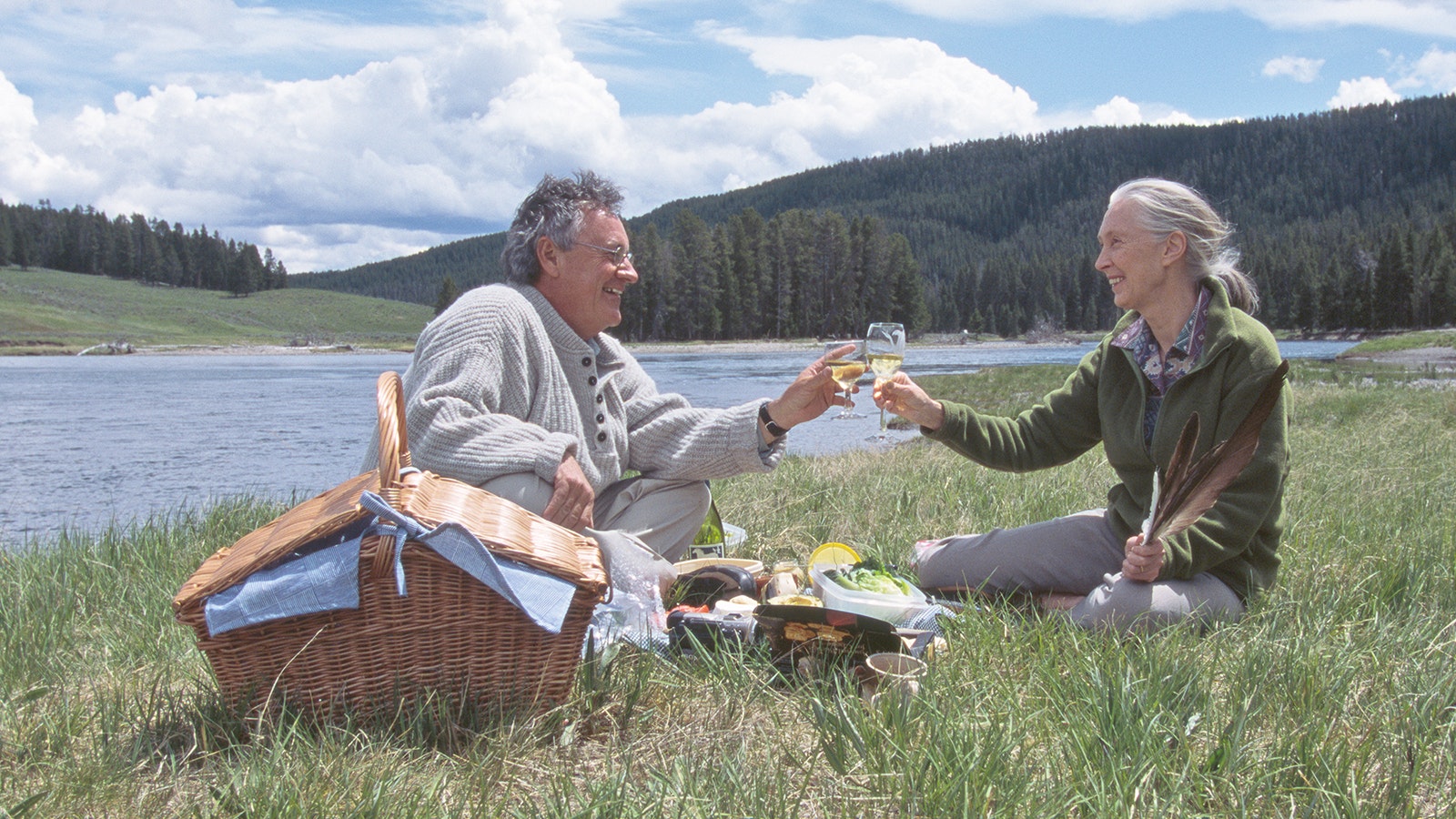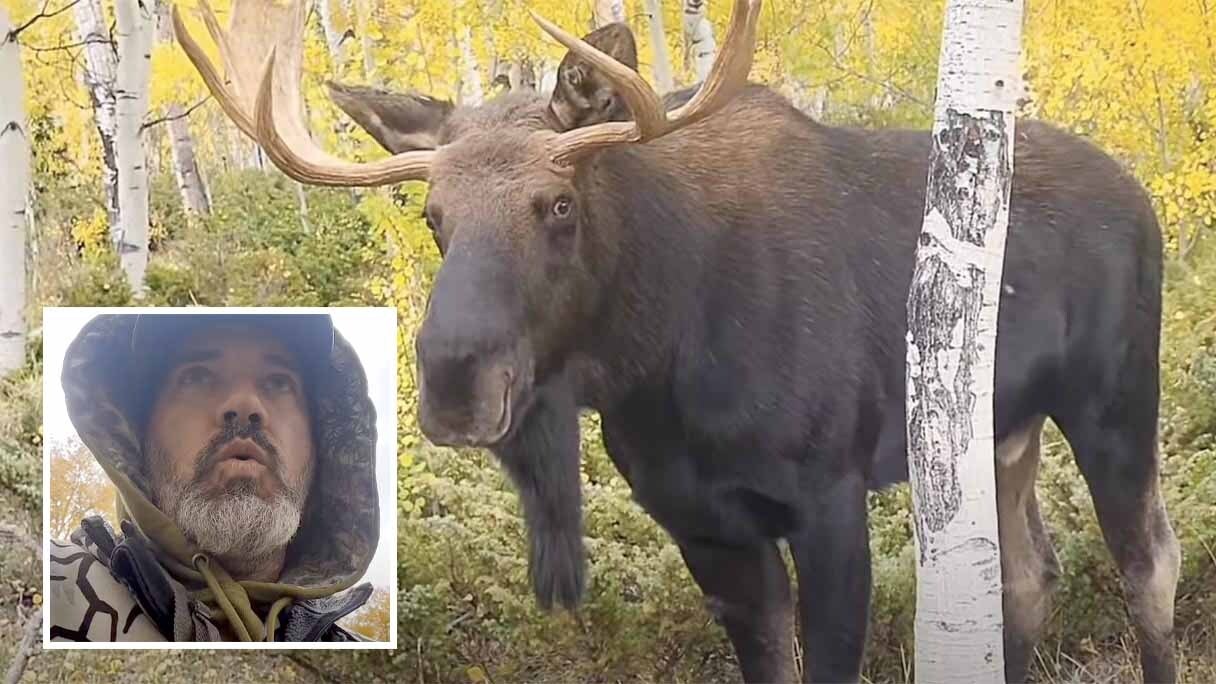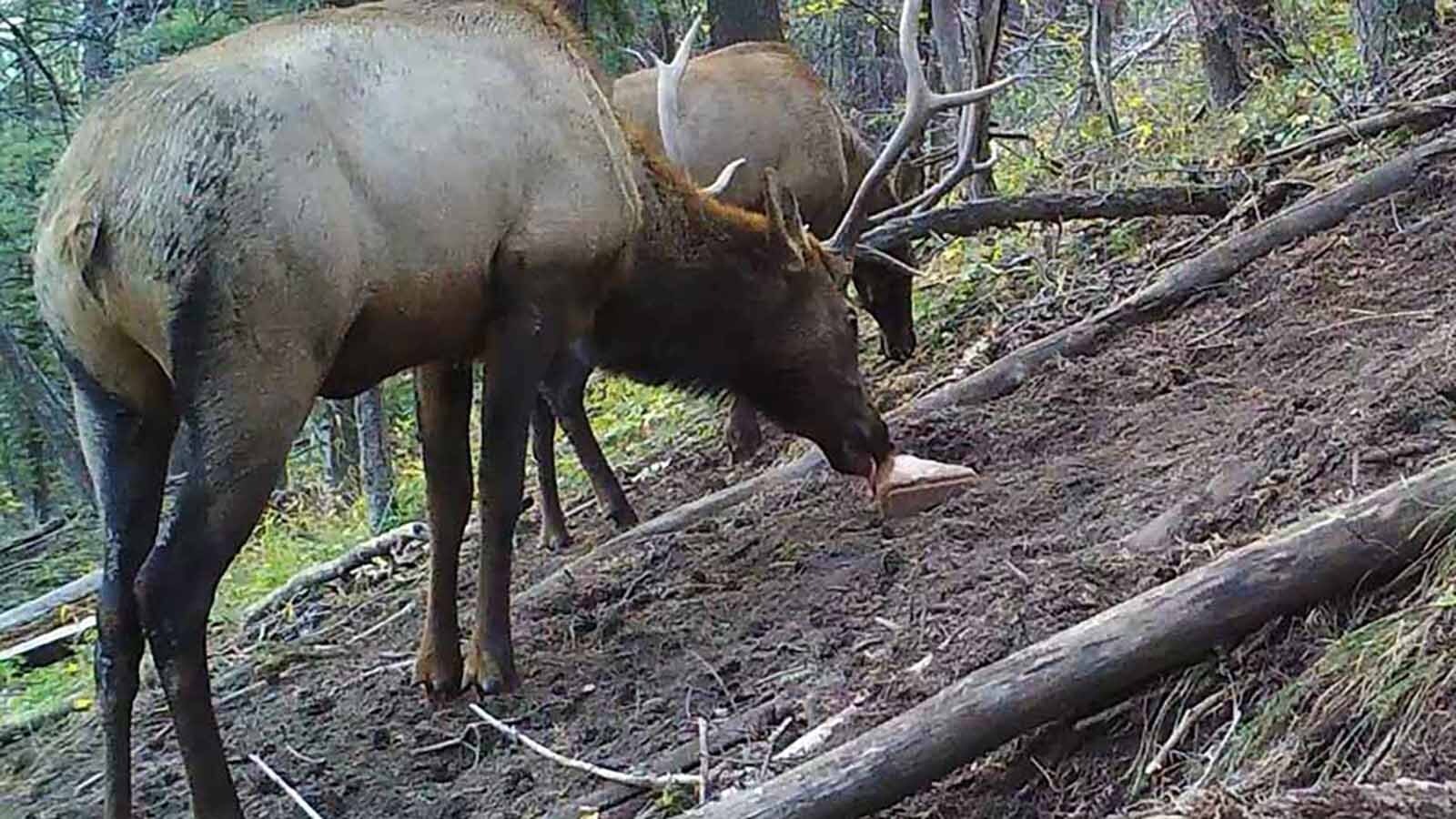Hollywood might depict grinning hunters cruising into town with a whole big game carcass strapped to their rig after a successful day afield – but it usually doesn’t work that way in Wyoming.
When an elk falls to a bullet or arrow, hunters in Wyoming or elsewhere in the Mountain West will find themselves miles from their truck, standing over a carcass weighing anywhere from roughly 400 to 1,000 pounds.
Gutting the animal out and dragging it back to the rig isn’t going to work, even with several hunters present. Bear in mind that many Wyomingites like to hunt alone.
So, how do they do it?
The short answer is, add butchering to the list of skills that Western hunters should have.
In the field, this can be distilled down to a process called “quick quartering.”
Even if an animal is fully boned out on site – meaning all the edible meat is cut off the bone – there’s a lot to pack out.
A bull elk might yield 200-300 pounds of meat, while a cow elk might yield 150-200 pounds.
That means a solo hunter using a backpack should plan on making at least two trips from the kill site to the vehicle and back.
‘Edible Portions’
According to Wyoming Game and Fish Department regulations, hunters are obligated to remove all edible portions of a big game animal carcass from the field.
“Edible portions” are defined as the quarters (minus the lower legs, or shanks), backstraps and tenderloins.
However, particularly for elk, Game and Fish recommends taking the neck, shanks, belly meat and meat from between the ribs.
These cuts can be used to make burgers, sausage, stew meat and more – according to a Game and Fish video tutorial on how to best break down and butcher an elk carcass.

How Quick Quartering Works
Quick quartering is sometimes called the “gutless” method of processing a big game carcass. It’s called that because, when done correctly, there’s no need to gut the animal.
The most common way to go about it is to start by making a cut down the length of the animal’s spine, and then peeling the hide back from the top down.
That gives direct access to the backstraps, or the long strips of meat running down either side of the spine. Backstraps are considered to be one of the best cuts for steaks.
The quarters can be removed by using a knife to separate the upper legs from the body at the main joint.
Game and Fish recommends taking it a step further for the hindquarters. Hunters should pack a bone saw, and separate the hindquarters at the hip bone and spine.
That’s because using a knife to probe through to the ball joint on the rear leg can create pathways for bacteria to enter and spoil the meat.
Getting the tenderloins out is tricky. That requires making an incision at the lower spine and then reaching in and carefully cutting the loins away from where they’re attached to the underside of the spine.
Removing The Bones Recommended
Hunters who want to put in a little more work but save having to haul out a lot more weight, can take it a step farther by removing all the meat from the bones before packing it out.
It’s best to have a tarp, or perhaps at least an old bedsheet, to lay on the ground for a work surface, to keep meat out of the dirt.
Seasoned hunter Vance McGahey, who lives near Kemmerer, said he prefers to debone his elk meat before packing it out.
“You’re looking at 110 to 120 pounds of bone that you’re just packing as extra weight,” he told Cowboy State Daily.
Meat should be placed in bags made of breathable material. There are commercial game bags available – but some hunters simply use old pillowcases.

Getting Creative
There’s no easy way to get big game meat out of the backcountry, but creativity can make it a less difficult, McGahey said.
He started out using a backpack but has tried other methods over the years.
Rolled-up sheets of thick plastic can be rigged into a pulling sled commonly called a “travois sled.”
"They can easily move over sage brush, grass, rocks — everything,” he said.
Hunters might also consider bringing along a plastic or canvas tarp and taking inspiration from Native American hunters.
“If you’re in an area with timber, and you find branches that are big enough to use as poles, you can attach them to the tarp to make a small drag sled, kind of like the Indian drag sleds that they used to pull with horses,” he said.
Even when used in combination with a backpack, “an Indian drag can really save your back,” he said.
Goats To The Rescue
After years of trying all sorts of ways to get game meat out, McGahey settled on pack goats.
He said the goats are hardy, sure-footed and, when raised properly, will follow their owner around like puppies.
They’re even quiet and well-behaved enough to tag along with him while he’s hunting.
“It really depends on the terrain I am in, but generally, I will have them with me, and the elk and deer are not bothered by them. On rare occasions, I will leave them tethered at camp,” McGahey said.
He still does his share with his own backpack, carrying the elk’s head and antlers and a portion of the elk.
The goats can carry 40 to 45 pounds each, but he usually limits that to 20 to 35 pounds per goat, to avoid overworking them.
He also gives the goats a break every 20 minutes or so.
McGahey said there’s no limits to creative ways to work smarter, not harder, at packing out game meat.
“There’s 100 different ideas that people have,” he said.
Mark Heinz can be reached at mark@cowboystatedaily.com.





